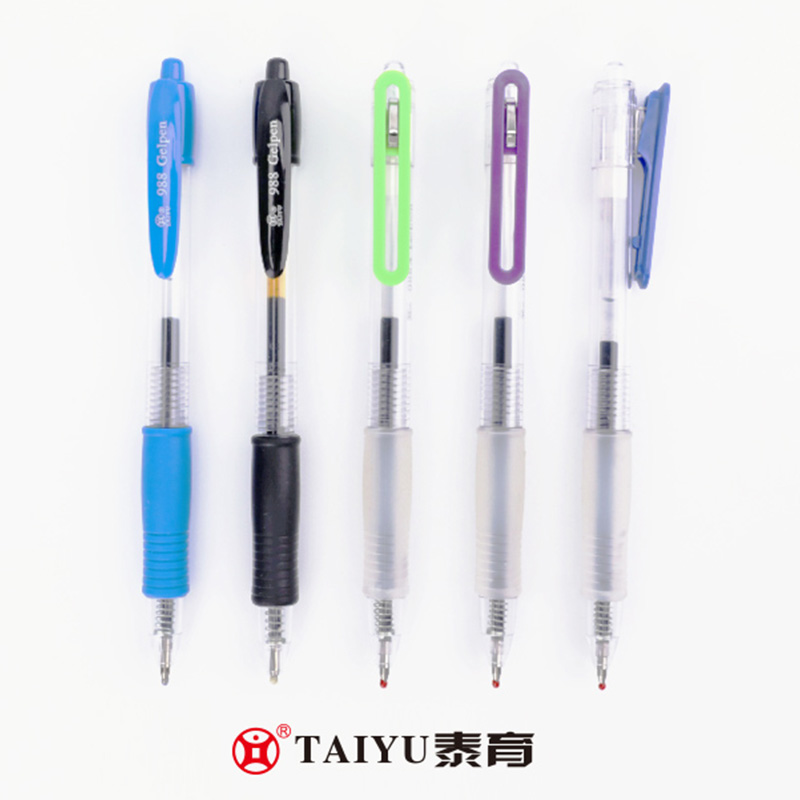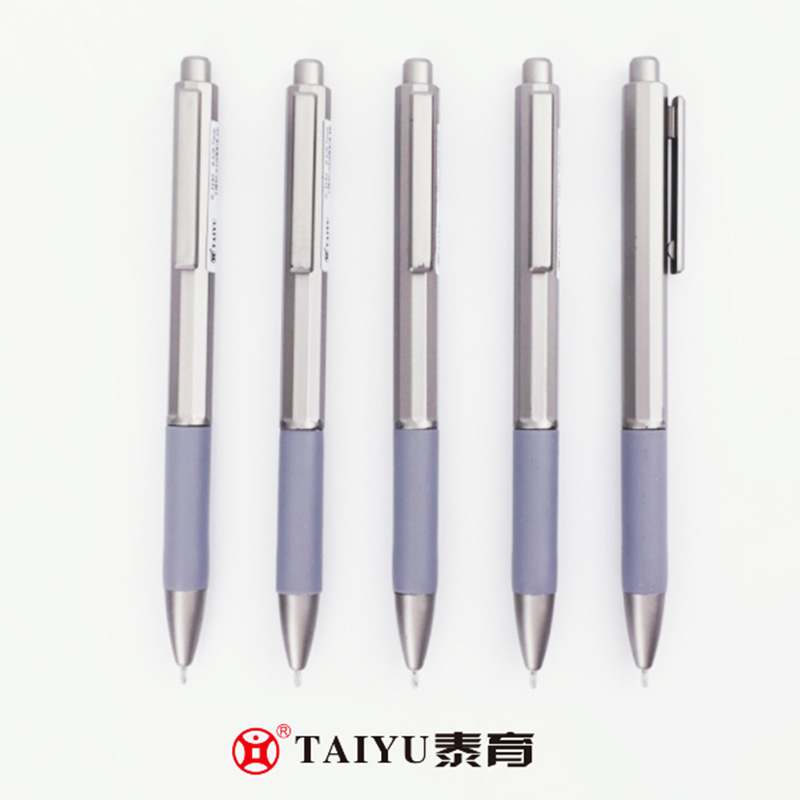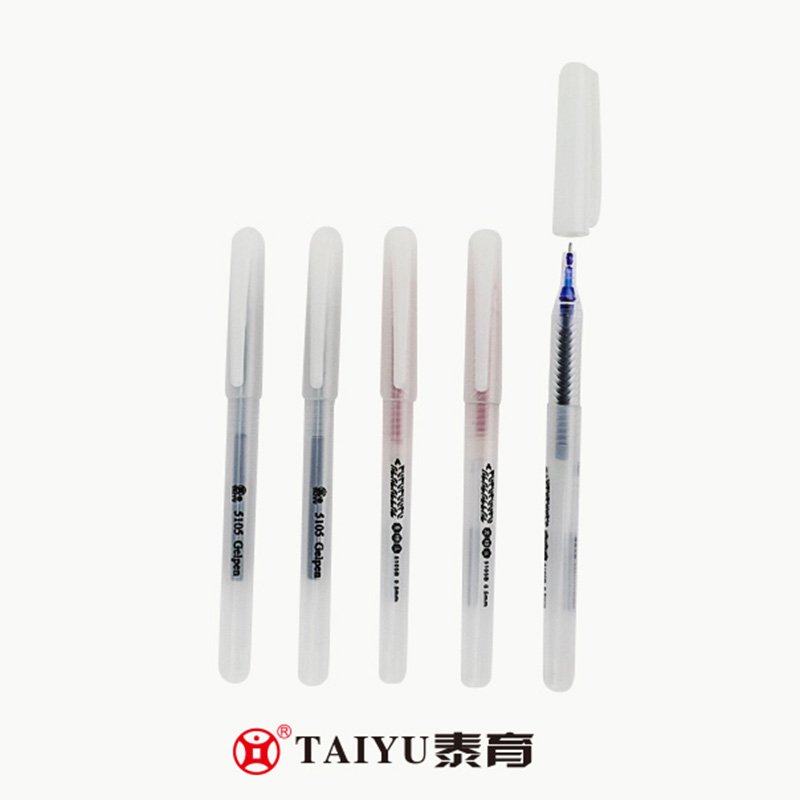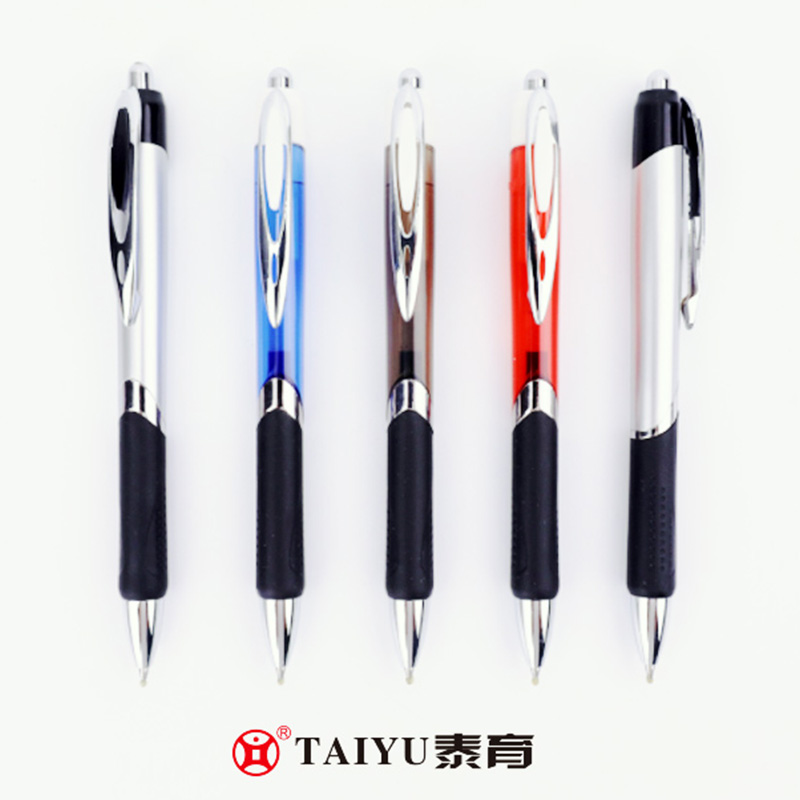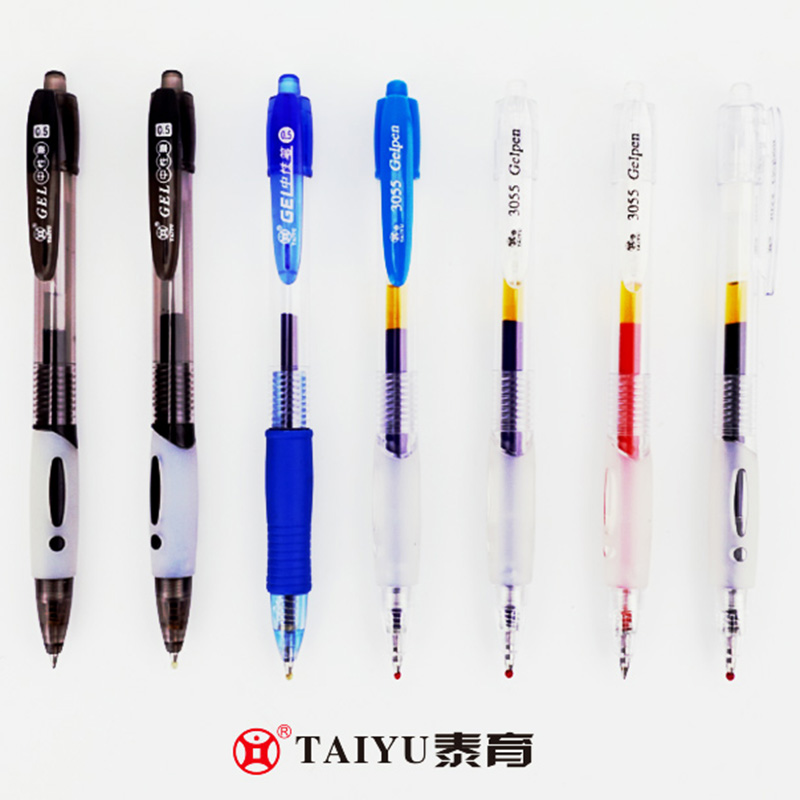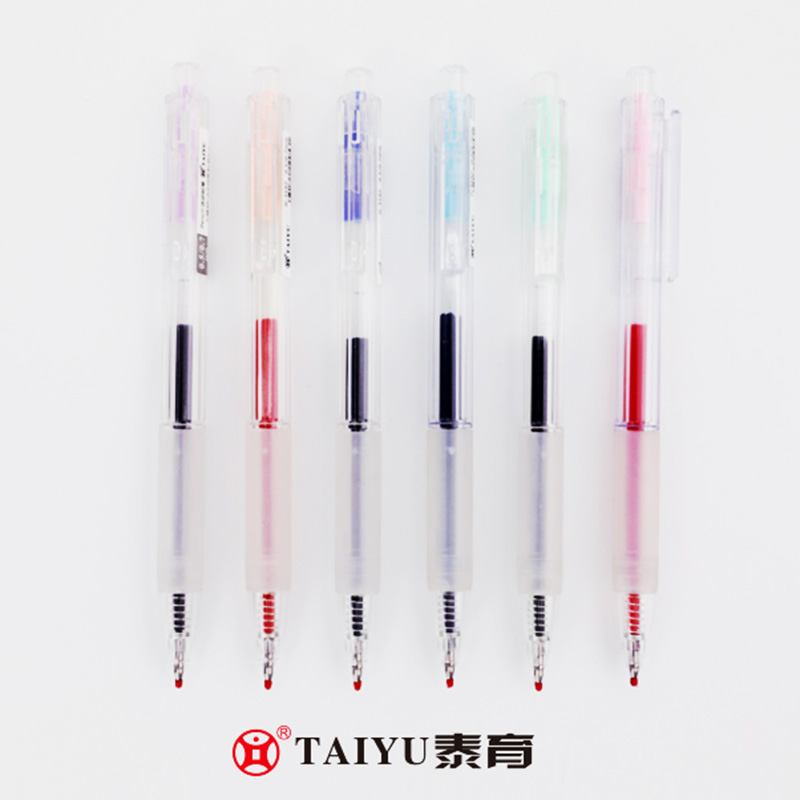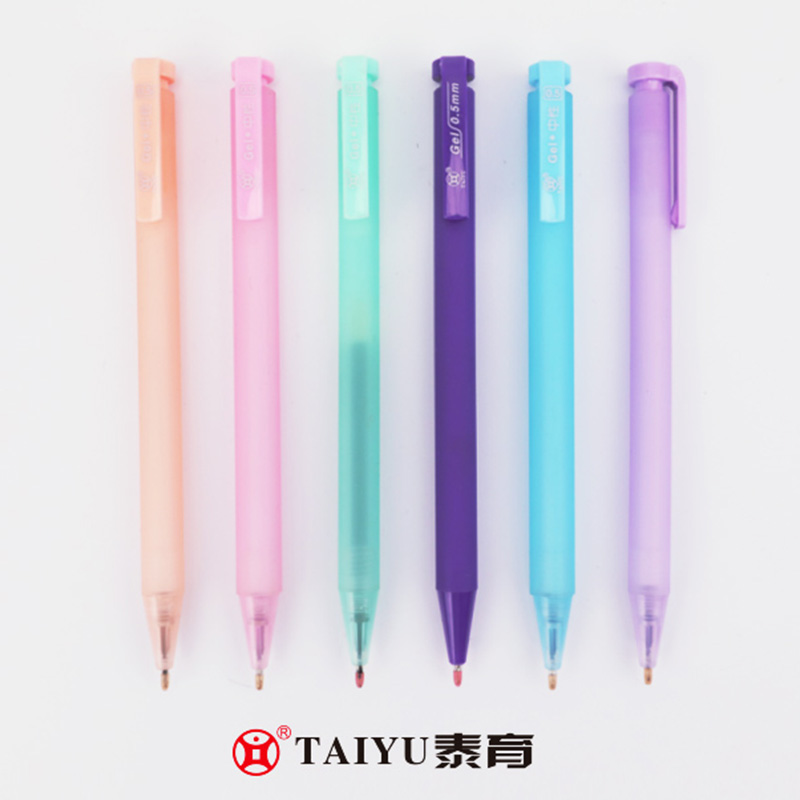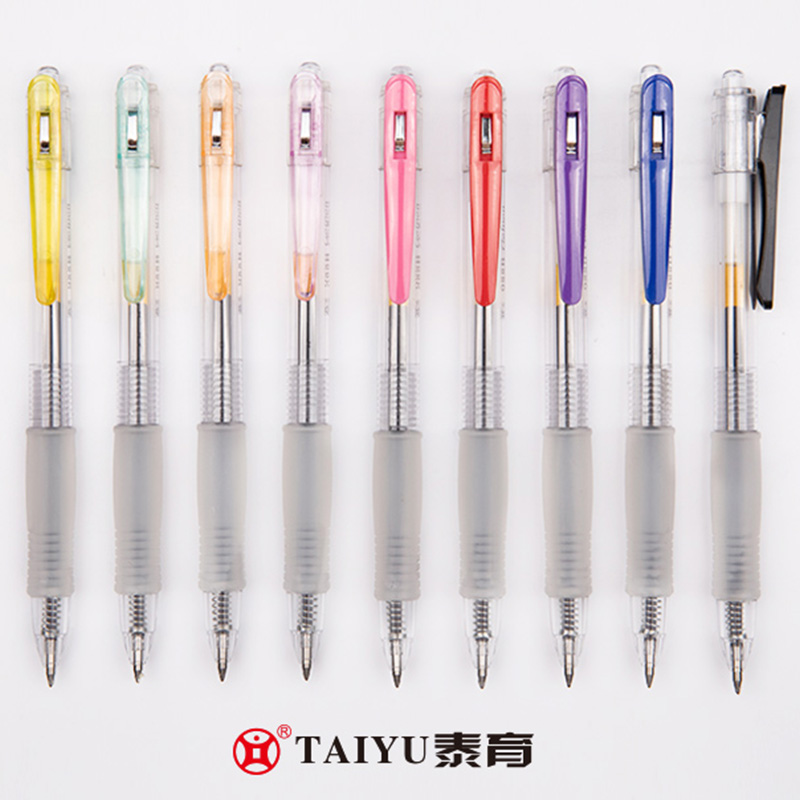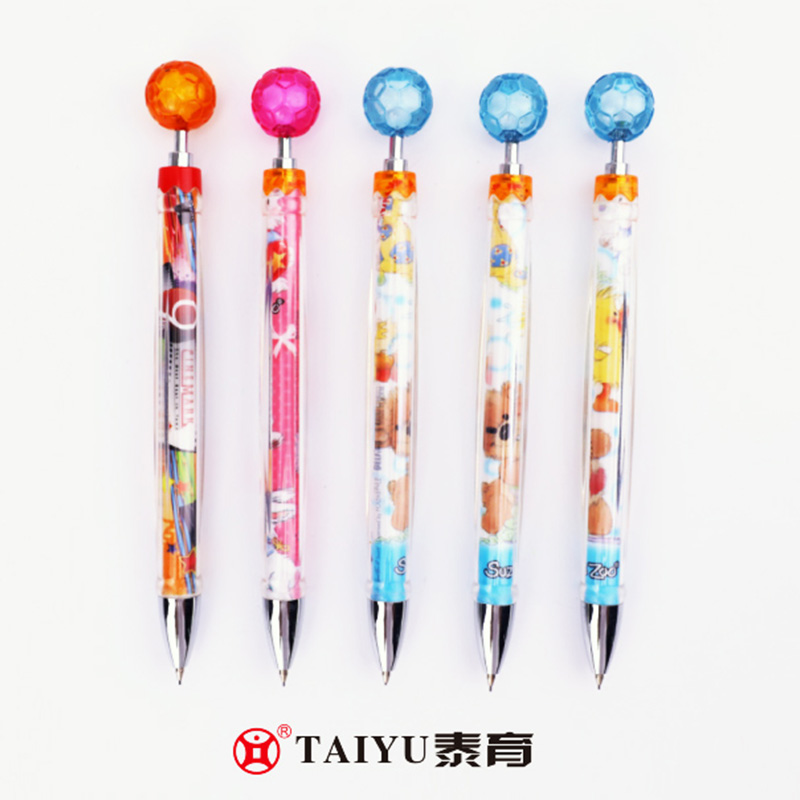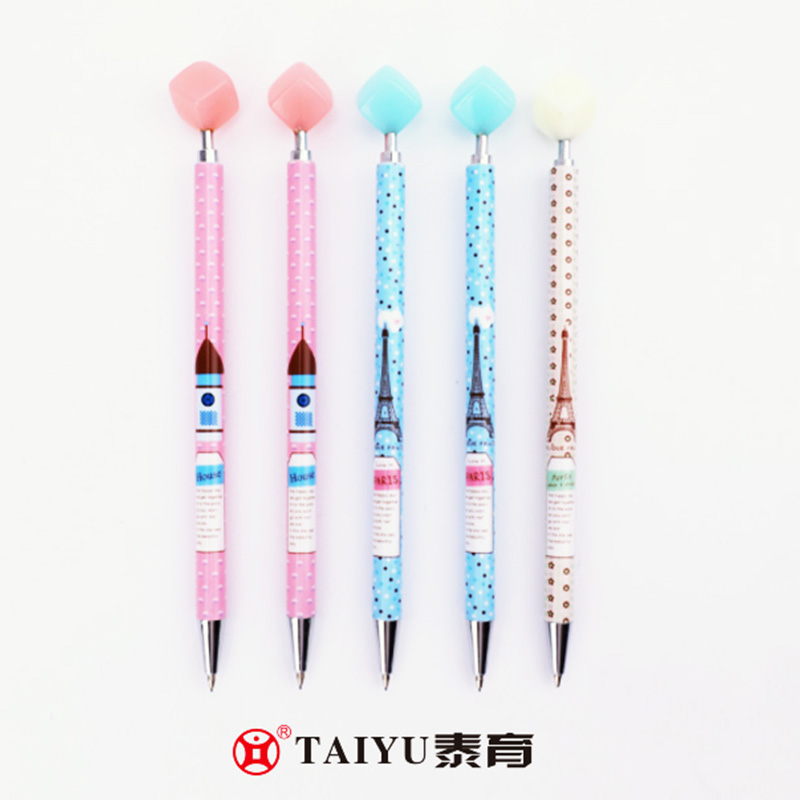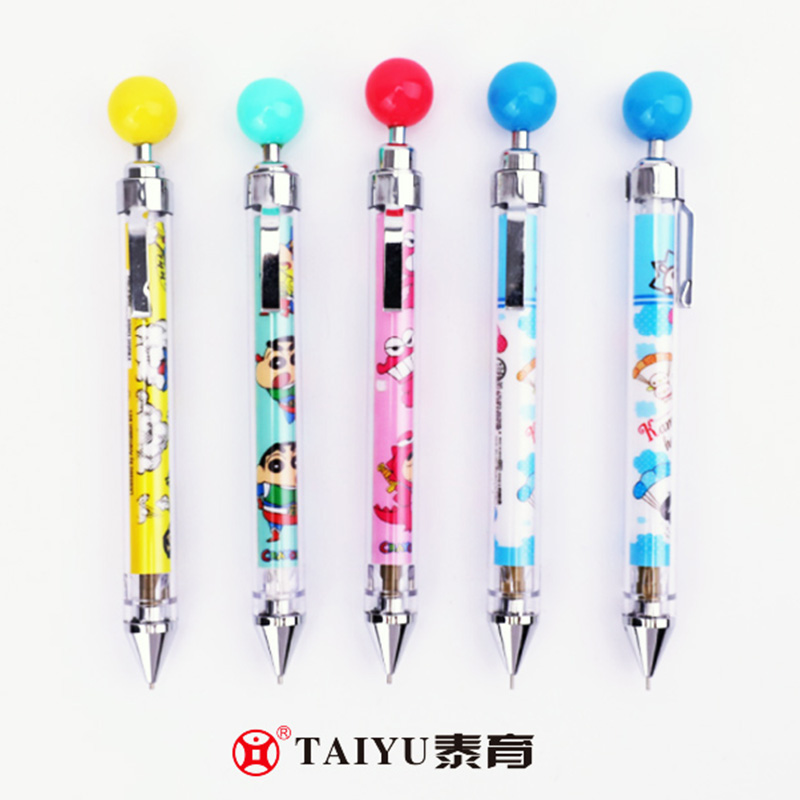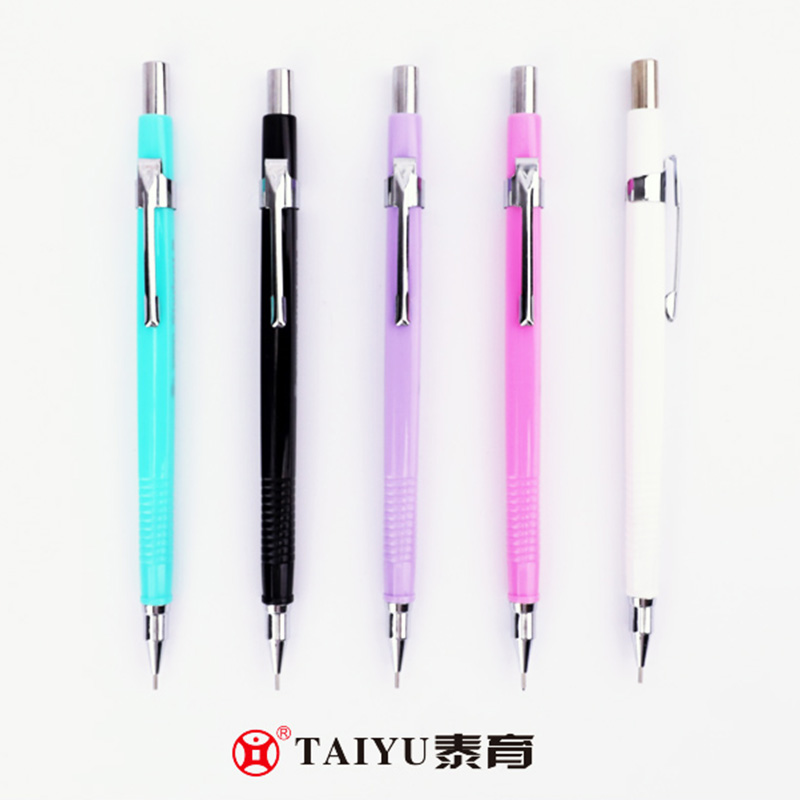Which Pen Writes Most Smoothly?
In daily work and study, a smooth-writing pen can greatly improve our writing efficiency and mood. Faced with a dazzling array of pen products, people's exploration of the ultimate writing experience has never stopped. In fact, the answer to which pen provides the smoothest feel often points to the continuous innovation and technological breakthroughs of our most widely used stationery—the ballpoint pen.
Content
Traditional Oil-Based Rollerball Pens: Classic and Challenge
Traditional Rollerball Pens use oil-based ink. Their core function is that a tiny ball at the tip rolls on the paper, carrying the ink to form writing.
Advantages:
Traditional ink is viscous, offering advantages such as quick drying, minimal bleed-proofing, long shelf life, and no need for a cap, making it a practical tool for note-taking and filling out documents.
Challenges:
However, precisely because the ink is relatively viscous, early Rollerball Pens may have felt slightly sticky when writing, requiring greater pressure, resulting in a relatively rough and less smooth writing experience.
The Next Generation of Rollerball Pens: Low-Viscosity Ink and an "Ultra-Smooth" Experience
In pursuit of a smoother, more fluid writing experience, pen manufacturers have made significant breakthroughs in ballpoint pen technology, giving rise to "low-viscosity oil-based Rollerball Pens," also known as light or medium-viscosity oil-based pens.
Ink Innovation:
The new low-viscosity ink significantly reduces the viscosity of traditional inks, making them more fluid and resulting in smoother ink flow. This ink combines the smooth writing characteristics of water-based inks with the quick-drying and non-bleeding advantages of oil-based inks.
Technological Enhancement:
Combined with high-precision nib manufacturing processes (such as a micrometer-level gap between the ballpoint and the ball seat), the writing smoothness of low-viscosity ink Rollerball Pens has been revolutionary improved, even rivaling the smoothness of gel pens, while avoiding the ink skipping or backflow problems that may occur with gel pens.
Key Factors Affecting Ballpoint Pen Smoothness
The smoothest writing experience a ballpoint pen provides depends on several core factors:
Ink Type and Viscosity:
The viscosity of the ink is the primary factor determining smoothness. Lower viscosity means the ink flows more easily, resulting in smoother writing.
Nipple Precision and Material:
The precision of the fit between the ball bearing and the ball seat is crucial. High-precision ball bearings (such as tungsten carbide balls) ensure even rolling, reducing friction with the paper and making writing smoother.
Ergonomic Design:
The weight of the pen, the grip, and whether it incorporates shock-absorbing design also affect user comfort and smoothness during extended writing sessions.
So, which pen writes the smoothest?
If you prioritize the convenience and quick drying of a traditional ballpoint pen while also demanding ultimate writing smoothness, the answer is undoubtedly a low-viscosity ink ballpoint pen (light/medium viscosity). They successfully balance the durability of oil-based inks with the smoothness of water-based inks, becoming the recognized representatives of "ultra-smooth" Rollerball Pens on the market today. When choosing stationery, pay attention to Rollerball Pens labeled "low viscosity ink" or "light oil" on the packaging, and experience the ultimate writing experience they offer.



 English
English 中文简体
中文简体 Español
Español